Chinese utes tend to cop a bit of flack in the Australian market, and often justifiably so. Even though they seem to improve with every new generation in terms of safety and features, most still lag behind the segment in terms of... well, everything.
But you really have to hand it to companies like Foton Motor. They are, if nothing else, persistent. And surely their products can only get better.
The market needs cheaper offerings that don't sacrifice too much in the way of safety and quality. Thus it is, in that spirit of inclusion, we drove the Foton Tunland 2018.
How did it fare? Read on.
Foton Tunland 2018: (4X4)
| Engine Type | Diesel Turbo 4, 2.8L |
|---|---|
| Fuel Type | Diesel |
| Fuel Efficiency | 8.3L/100km (combined) |
| Seating | 5 |
| Price From | $23,320 - $28,820 |
| Safety Rating |
|
Does it represent good value for the price? What features does it come with?
The Foton Tunland 4WD with a six-speed automatic transmission is $33,990 as tested. When this test officially started, there was a little over 200km on our test car's odometer.
.jpg)
It seats five people, and its standard features include a leather-wrapped, tilt-adjustable steering wheel (with integrated cruise control buttons), power windows, a 7.0-inch colour touchscreen that pairs with four speakers, Bluetooth, an AUX/USB port, Android screen mirroring and more. Considering its standard kit, it feels like you get a fair bit for your cash. None of it is flash, sure, but it's there.
What are the key stats for the engine and transmission?
The Tunland has a 2.8-litre four-cylinder Cummins engine (made in China), and it produces 130kW at 2600rpm and 365Nm at 1600rpm. Our tester had a six-speed automatic transmission. The two work together as you'd expect – well enough, but a little bit truck-like. Put it this way; the Tunland is not going to win any awards for speed off the mark, or for being smooth and quiet.
.jpg)
Is there anything interesting about its design?
The Tunland has a good, basic and solid look about it (if a little generic), which is not a bad thing. Chunky in all the right places, the Tunland won't turn any heads because of its stunning looks (mostly because its looks are decidedly not stunning) but it does have the squat stance a work-friendly ute should. Check out the photos and make up your own mind.
.jpg)
How practical is the space inside?
The driver seat is eight-way adjustable – height, lumbar, fore-aft slide, recline – so it's easy enough to get comfortable once you climb in.
There are grab handles for back-seat passengers, but none for the driver or front-seat passenger. Weirdly, there are place points for them, though. The rear seat is a three-place bench with a flip-up base. All controls are easy to locate and use, and the media system is a breeze to operate with a simple-to-understand, user-friendly functionality.
The Tunland has cupholders (front and rear), door recesses and a decent-sized centre console storage space, as well as a glove box, of course. The interior either feels plasticky (on the hard-touch surfaces) or basic (on cloth areas) but it all feels durable and very much right at home in a ute.
The tray is 1520mm long, 1580mm wide and 440mm deep. There is a cargo tie-down point in each corner of the tray. A hard, durable tray-liner is a factory-fit option, but our tester did not have one.
The Tunland has a 3000kg braked towing capacity (750kg unbraked), a payload of 950kg and a GVM of 2925kg.
.jpg)
What's it like as a daily driver?
Good. Nothing special. But good. The Tunland has a kerb weight of 2000kg (in 4WD guise) and is 5310mm long (with a 3105mm wheelbase), 1880mm wide and 1860mm high. It has a 13.6m turning circle.
It is very noisy at idle, with the radiator fan roaring like a stuck jet under the bonnet, and when you really demand off-the-mark punchiness from the Tunland, it is lacklustre as well as noisy in its execution.
Once you're underway, though, it's all systems go. And that roaring-fan noise is replaced by that of the Cummins, which is rather muted but still sounds like it should be in the engine bay of a monstrous truck rather than a modern-day ute. But we're willing to forgive it that.
One of the impressive characteristics of the Tunland is that, no matter what you ask of it on road, it never feels stressed, tackling stop-start city driving, highway cruising, twisting roads and bumpy country bitumen without strife - it just keeps on trucking.
Sure it never exhibits the refinement or polish of its more expensive dual-cab rivals – its ride and handling are merely adequate for this price point, for example – but the Tunland is what it is: a solid and workman-like performer.
What's it like for touring?
The Tunland has double wishbone and coil-spring independent suspension at the front and leaf springs at the rear, and while it was never rattled on the blacktop, except in patchy rougher sections on country back roads, it felt stiff through corrugated dirt and gravel tracks that were peppered with potholes. You feel the thumps, and the Tunland's back end does skip around under duress.
This Foton's hydraulically power-assisted rack-and-pinion steering does a perfectly adequate job, feeling about right for this truck-like ute.
.jpg)
It's no surprise that, with its trucking origins, Cummins engine and robust drivetrain with Borg-Warner transfer case and Dana diff, the Tunland copes well with many off-road challenges. We drove it over a varied 4WD course that we use for most of our test vehicles, and the Tunland did an adequate job on all obstacles.
A limited-slip rear diff, hill descent control and hill start control all work efficiently and effectively.
Ground clearance of 210mm, while not class-topping, was never challenged, either. The 4WD models ride on 17-inch alloys shod with 265/65 tyres.
How much fuel does it consume?
Its claimed fuel consumption is 8.9L/100km (combined), but we recorded 9.2L/100km from about 200km of mostly bitumen and dirt-track driving with 15km of off-roading thrown in.
Warranty & Safety Rating
What safety equipment is fitted? What safety rating?
The Tunland has a three-star ANCAP rating from 2012. It has driver and front passenger airbags (no front side or curtain airbags), as well as ESC, ABS, electronic brake force distribution, traction control, hill descent control, hill start hold control and hydraulic brake assist. A reversing camera is standard on all models.
The Tunland rated three out of a possible five stars when assessed by ANCAP In 2012.
What does it cost to own? What warranty is offered?
The Tunland's warranty is three years/100,000 km. Service intervals are recommended at every six months/10,000km up to 60 months/100,000km. It comes with three years of roadside assistance.
Verdict
The Foton Tunland is a good value-for-money buy for those seeking a ute with plenty of features packed into a reasonable price tag. But – and it's a big but – even the new-generation Tunland, while signalling a positive move forward in terms of development, still lacks the safety tech and finesse to make me comfortable with the idea of putting loved ones in it for a trip of any duration.
It'd be great for the Australian market if these budget utes out of China, India etc continued to improve and eventually became genuine market-leader rivals with top-class safety features at a reasonable price-point.
But they're nowhere near that calibre yet.
What do you think of budget-friendly utes out of China and India? Are they realistic buying options, or do they still have a long way to go? Tell us what you reckon in the comments below.
Range and Specs
| Vehicle | Specs | Price* |
|---|---|---|
| (4X2) | 2.8L, Diesel, 5 SPEED MANUAL | $21,340 - $26,950 |
| (4X4) | 2.8L, Diesel, 5 SPEED MANUAL | $23,320 - $28,820 |
| Luxury (4x4) | 2.8L, Diesel, 5 SPEED MANUAL | $10,120 - $13,860 |





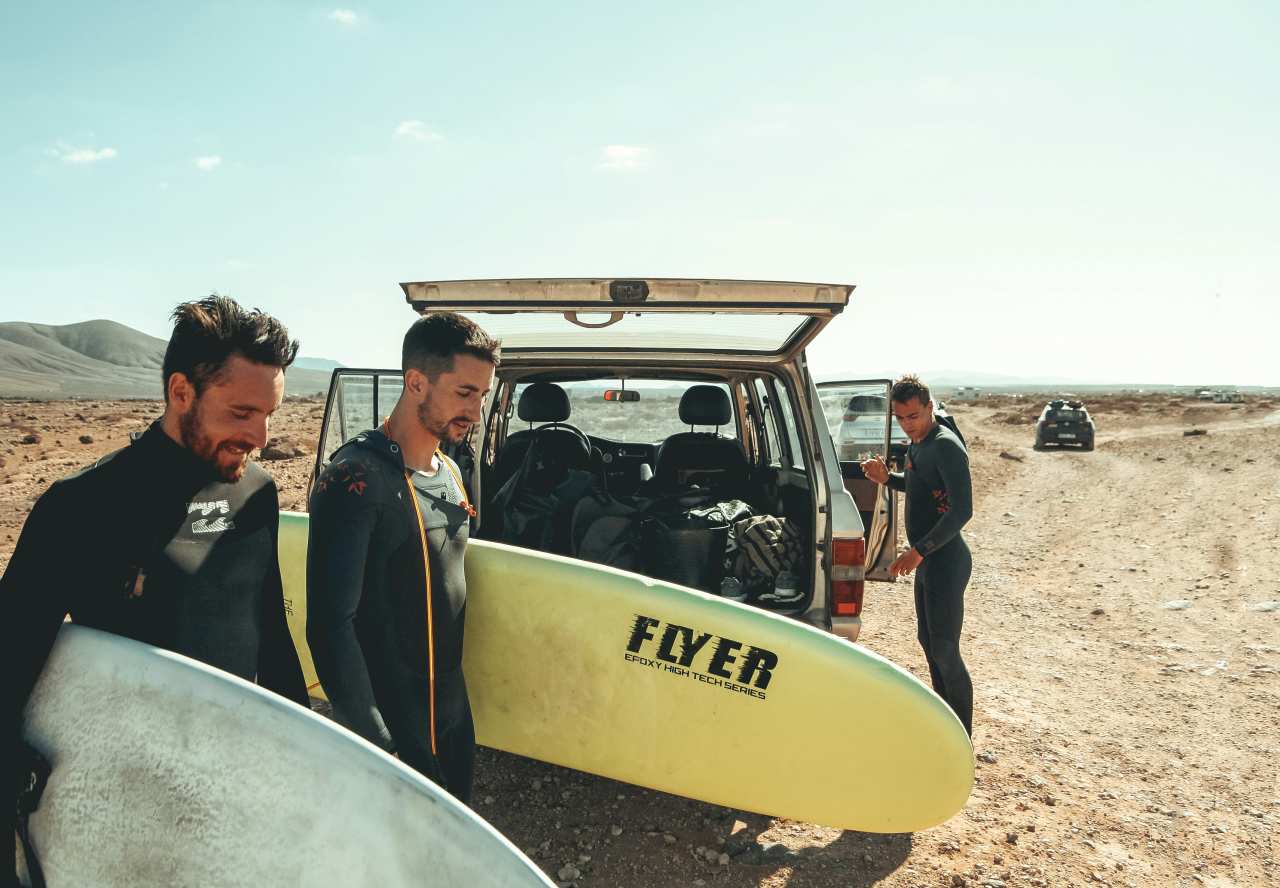
.jpg)
.jpg)
.jpg)
.jpg)
.jpg)
.jpg)

.jpg)
.jpg)
.jpg)
.jpg)
.jpg)



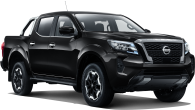
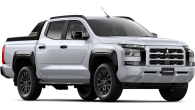
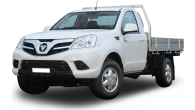

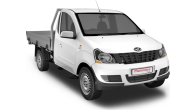

.jpg)
.jpg)



